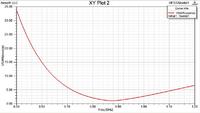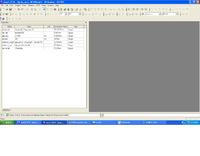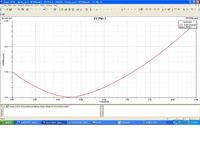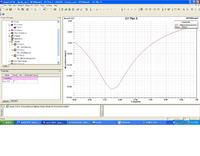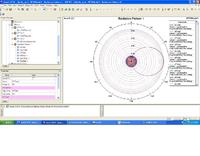shaikss
Full Member level 4
Hi Folks,
I am newbie to antennas and HFSS. I tried to simulate a thin dipole antenna whose resonant frequency is 865 MHz.
I simulated the results and found that VSWR is > 10. whereas ideally it should be less than 2.
What might have gone wrong? What should be the precautions to be taken care while designing the antenna to make sure that VSWR is < 2?
Whenever we measure radiation pattern, what should be the primary sweep (Whether it should be theta or Phi or frequency)?
I have attached the .hfss file for reference. Let me know how I should make the design correct with good results?
Please help me out.
Thanks!
I am newbie to antennas and HFSS. I tried to simulate a thin dipole antenna whose resonant frequency is 865 MHz.
I simulated the results and found that VSWR is > 10. whereas ideally it should be less than 2.
What might have gone wrong? What should be the precautions to be taken care while designing the antenna to make sure that VSWR is < 2?
Whenever we measure radiation pattern, what should be the primary sweep (Whether it should be theta or Phi or frequency)?
I have attached the .hfss file for reference. Let me know how I should make the design correct with good results?
Please help me out.
Thanks!
